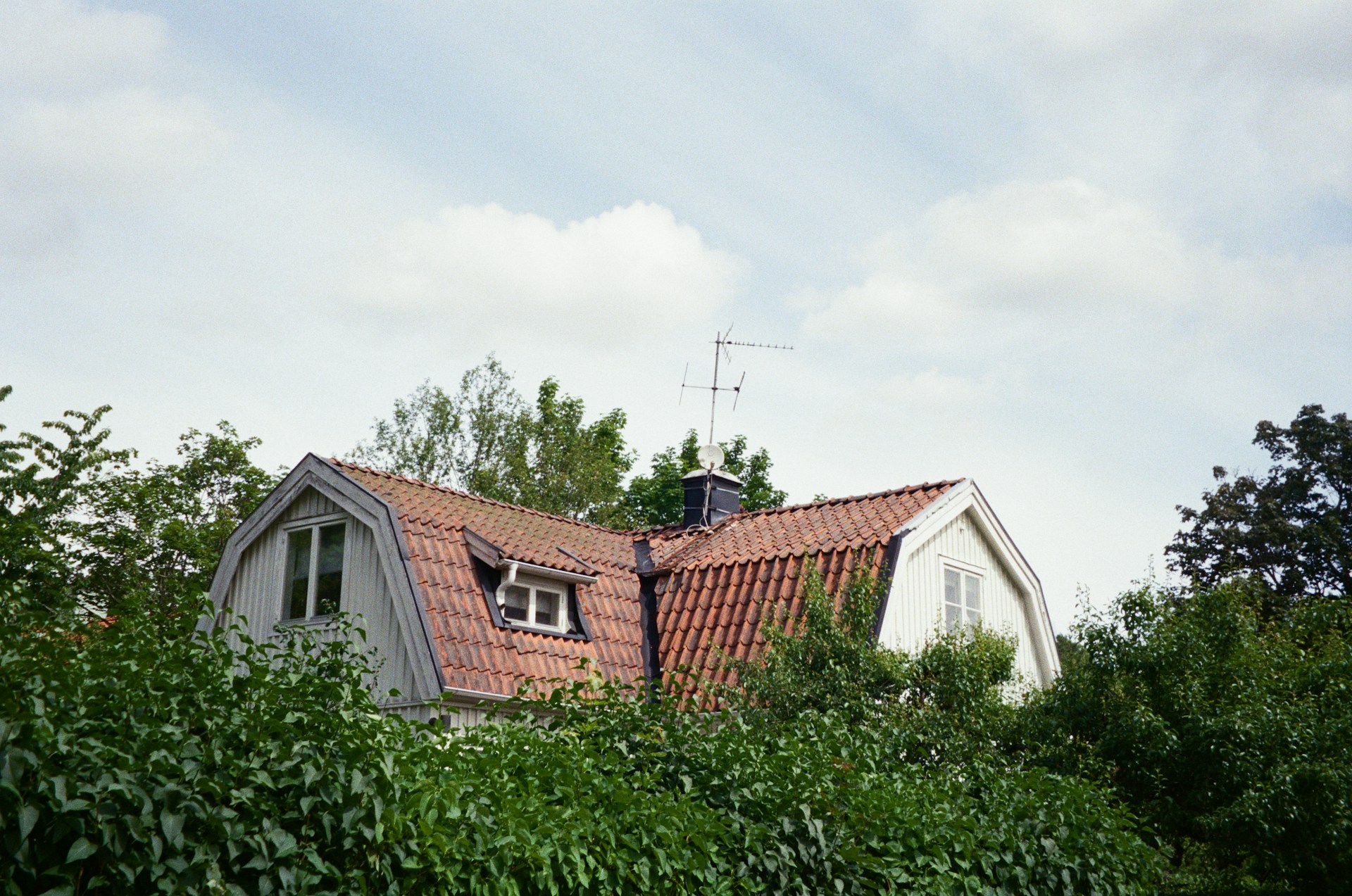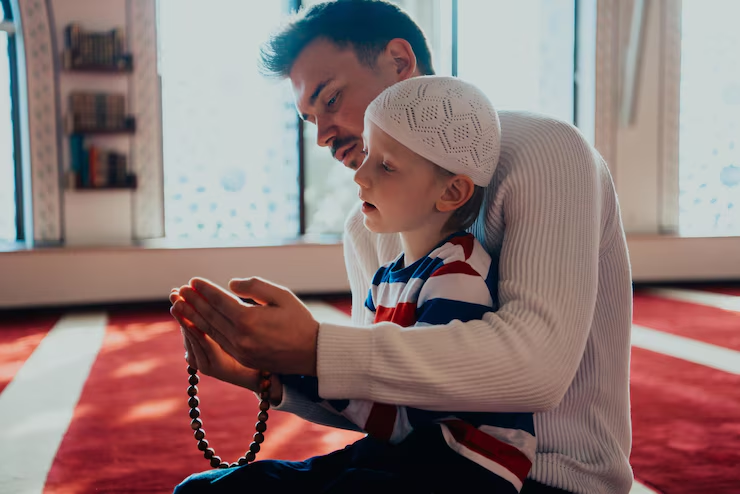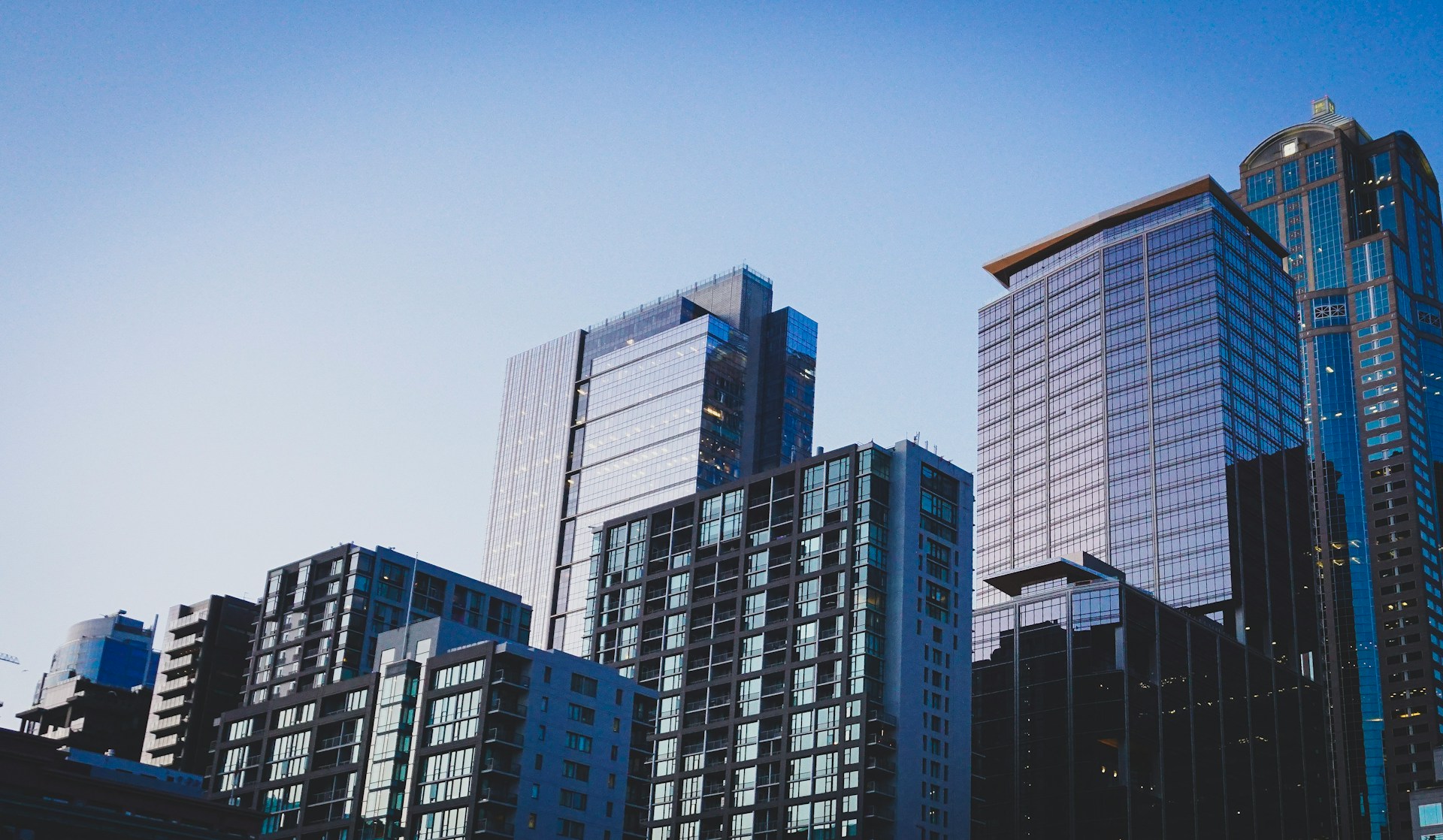Lyle Carbajal is an artist who at the time of this article’s release is residing in New Orleans, Louisiana. We were drawn to his series Romancing Banality which was conceived in Houston, TX where Carbajal resided at the time. This work interested us because of how it spoke to socio-economics, border land culture, and immigration. We believed these conversations became ever more important with the rising rhetoric under the new political administration. Thank you for speaking with us Lyle.
Tell me a bit about your traveling body of work, Romancing Banality, and what the process of its conception was.
In 2013, I found myself in Seattle shortly after being invited to exhibit at the Center on Contemporary Art. That winter, a new friend and colleague asked if I’d be interested in taking over a newly acquired exhibition space to do “whatever I wanted.” I quickly realized the potential of an all-out project, and, being that I would have a small host of creatives to help, the grueling task of building a multimedia installation (like Romancing Banality) wouldn’t be so challenging. So that’s how it started. The idea, although roughly hashed out at the time, has turned into this roving project now in its fourth iteration in Houston. But if it had to be about just one thing, it would be about culture, specifically culture as I see it from my perspective, a roving perspective.
How much of your own personal narrative informs your work?
Quite a bit. Coupled with the subject of culture, class, identity and economics are also addressed by a shifting perspective and personal history – a history not so clearly defining one particular culture but rather a personal display of curated selections I see as the universal connections among urban environments.
Romancing Banality is my place. It is an extrapolation of what I find and process as authentic and meaningful in the world.
How has it evolved through its travels, and how has it been received?
It’s a funny thing because what I feel I’m most up to is often overlooked. An idea that the elements or themes in Romancing Banality may or may not be embraced is paramount here. So, by that admission, it’s the journey that I pay closest attention to. The Houston project was just one of those things. I gave myself a year from when I first set foot in Texas, beginning the process of gaining interest for the project and aligning myself with individuals that I might move to work with. Houston tends to serve its own very well, but due to my temporary status there, I was greeted with more than a few roadblocks and some confusion by those involved in the project, colleagues and the exhibition’s intended audience, and supporters.
Being brushed off by a Houston Opera insider whose name was passed to me by a mutual friend was one example, while another saw the entire topic of the rap music component thrown out by an interviewer. So these types of things went on, but in all honesty, it was somewhat predictable. But in the end, I feel like I was successful in creating the project I more or less envisioned from the start.
Has the current political climate affected the way you work?
For the most part, I would say neither I nor my work has been affected. Romancing Banality has been developing and maturing in ideas much like I have since it started, and I suppose as we enter into 2017 with the political climate as divisive as always, and right in lockstep with the issue of immigration, RB can’t help but connote political ideas. The opening in Houston was only a week after this administration’s inauguration, and while those topics were fresh in people’s minds, I’m certain that with it being so close to the Mexican border, the installation couldn’t help but rattle a few emotions.
With that said, my style, rather than a direct one, is to step away from any one poignant message and lay an idea that might then grow at the visitor’s feet.
The essay, which I take tremendous care in procuring, then acts as a glossary of sorts– laying out the project from inception through the week long buildup and then carefully describing what the viewer is looking at during the opening. So in my mind this process affords the viewer not only a takeaway but also the need to fill with something of themselves–political or otherwise.
From the essay
“Graffiti covered walls, commodity centered living, obesity, bravado, spirituality, sexuality, poverty, and adversity all have a place in Lyle Carbajal’s art just as they do in the everyday world. Romancing Banality is an extrapolation of what he has found and processed as authentic and meaningful during travels around the world. The visual references he makes in his art may not be recognizable to all, but creating encounters with the inaccessible or the unnoticed is what he strives to achieve with his art. The artist takes inspiration from the functional often commercial visual culture that shapes daily life to uncover universal elements that connect contemporary societies. Solitary structures, mixed media works, and collaborations with musicians and filmmakers provide genuine expressions of Carbajal’s anthropological and artistic observations.
-Sara Burd”
Is there a city you have not been to yet, that you’d really like to investigate and interact with?
Bogata has been described to me at length by a colleague I highly respect and admire. His frequent travels to Columbia are always full of creativity and enormous passion. At one point he created a full body of work I briefly curated in a project out of bags and bags of collected posted bills he ripped from most anywhere he could get his hands on and then attempting to explain to confused airport security that it was all for art.
Now that the new administration is beginning to be established, what issues are you interested in integrating into your work? Do you have any new series or shows coming up that are inspired by the developing political dialogue?
I began working with subversive imagery about a year ago, and around the time I was looking for a space to host. I suppose this will be showing up more in the future. Also RB Houston saw me interact with hip-hop for the first time. It was incredibly rewarding, and I’ve made very good friends from that. I suppose that will be something that I’ll come back to again at some point. For now I will be concentrating on something different and moving to the Midwest in a couple of months to begin that. Although, I have no plans for RB in the near future, I do have a heavy calendar year in 2017 that includes Tel Aviv, London and Miami.
What do you think the impact and role of art and artists is during these highly charged political times? And how does that relate specifically to you and your work?
My role as an artist is to address the immediacy of everyday life while also presenting the complex perspective of another — political or otherwise.
The role of the artist is to create a physical manifestation of the internal creative impulse, whether political, personal or spiritual, but originating from culture that might then move it along or change it.











